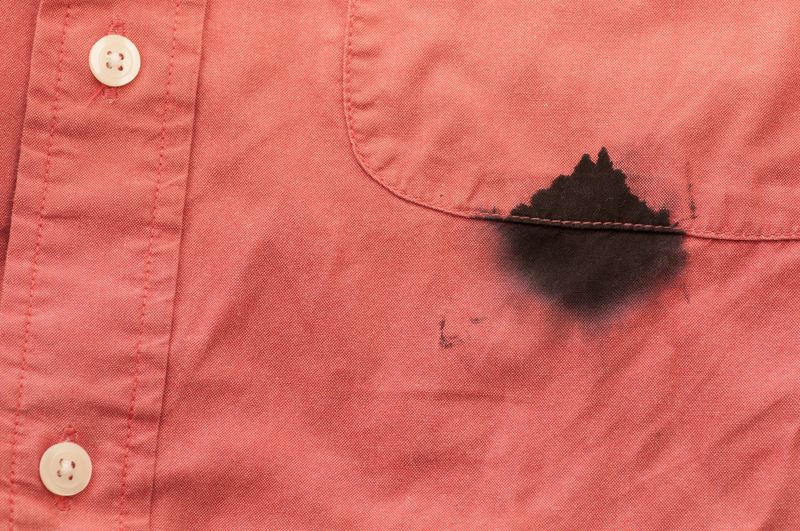Simple Fixes for Scratched Wood Floors
Posted on 12/01/2025
Wood floors add a touch of elegance and warmth to any home. However, over time, they can become scratched and worn, detracting from their natural beauty. Understanding the causes of scratches and how to address them is essential for maintaining the aesthetic appeal and longevity of your wood floors.
Common Causes of Wood Floor Scratches
Scratches on wood floors can result from various activities and incidents:
- Heavy foot traffic
- Moving furniture
- Pet claws
- Dropped objects
- Dirt and debris

Simple Fixes for Light Scratches
For minor scratches, several simple fixes can help restore the wood's appearance:
1. Walnut Rub: Rubbing a walnut along the scratch can conceal minor imperfections.
2. Vinegar and Olive Oil: Mix one part vinegar with three parts olive oil. Apply to the scratch and buff with a clean cloth.
3. Crayon Method: Matching the color of the wood, rub a crayon over the scratch and buff with a soft cloth.
4. Commercial Wood Markers: Available in various shades, these markers can fill in and camouflage scratches.
Addressing Deeper Scratches
For more profound scratches, additional steps may be necessary:
1. Wood Filler: Apply wood filler that matches your floor color and let it dry. Sand it smooth and apply a matching finish.
2. Refinishing a Section: Sand the area with the scratch, apply a wood stain that matches the existing floor, and finish with a protective coating.
Fixing Gouges and Dents
When dealing with gouges and dents:
1. Steam Treatment: Place a damp cloth over the dent and press with a hot iron for a few seconds. The heat and moisture can help the wood fibers expand and reduce the dent's appearance.
2. Wood Filler and Sanding: For gouges, apply wood filler, let it dry, and sand it smooth. Finish with stain and a protective coating.
Preventing Future Scratches
Preventing scratches is just as important as fixing them. Consider these tips:
1. Use Rugs and Mats: Place rugs in high-traffic areas and mats at entryways to catch dirt and debris.
2. Lift Furniture: Lift rather than drag furniture when moving it.
3. Protective Pads: Place felt pads under furniture legs.
4. Regular Cleaning: Sweep or vacuum regularly to remove dirt and debris that can cause scratches.
Pros and Cons of DIY Fixes
Pros:
- Cost-effective
- Immediate results
- Simple to perform
Cons:
- Temporary solutions
- May not match perfectly
- Requires regular maintenance
Top Tips for Maintaining Wood Floors
1. Regular Cleaning: Sweep, vacuum, or dry mop often to prevent dirt accumulation.
2. Use Proper Products: Use wood floor cleaners that are pH-balanced.
3. Prevent Sun Damage: Use window treatments to avoid sun damage to wood floors.
4. Humidify: Maintain indoor humidity levels to prevent wood from expanding and contracting.

Takeaways
- Understanding the severity of the scratches helps in choosing the right fix.
- Minor scratches can be remedied with household items.
- Deeper scratches and gouges might require professional-grade materials.
- Preventative measures can significantly reduce the occurrence of scratches.
Conclusion
Maintaining the beauty of your wood floors doesn't require professional intervention for every scratch. By using simple fixes like walnut rubs or commercial wood markers, and employing preventive measures like rugs and protective pads, you can keep your wood floors looking pristine. Regular maintenance and timely repairs are key to extending the life of your wood floors and preserving their charm for years to come. While DIY solutions offer immediate relief, they do require consistent upkeep to ensure long-term benefits.






